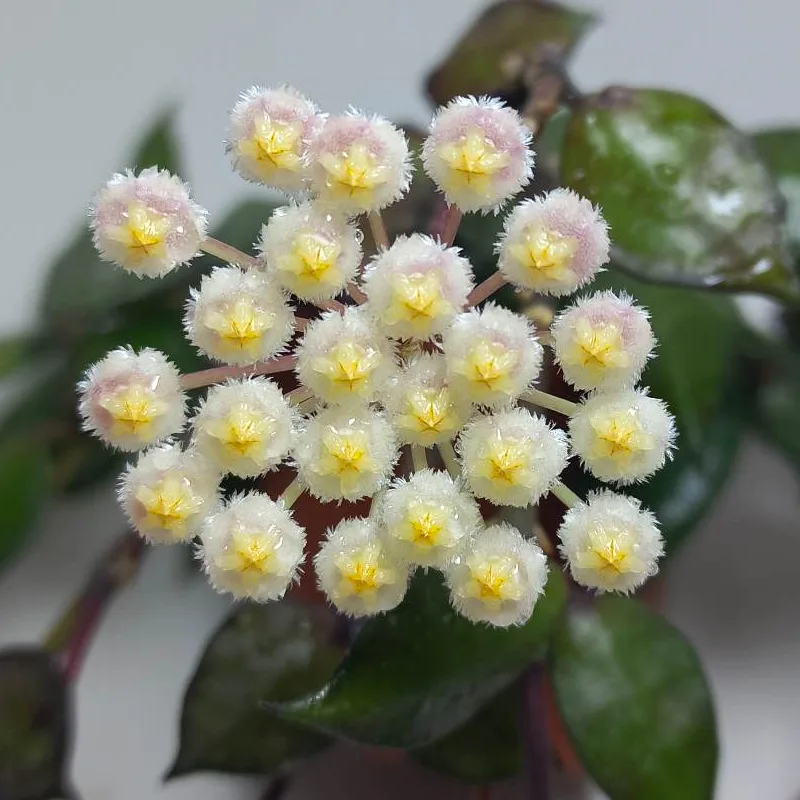FAQs About Anigozanthos Bush Ranger
Anigozanthos Bush Ranger, commonly known as the Bush Ranger Kangaroo Paw, is one of my favorite plants. Its striking, tubular flowers and unique foliage make it a standout choice for gardens and landscapes. If you’re considering adding this plant to your collection or just want to know more, here’s a comprehensive FAQ guide based on my experiences.
11 Species in Genus Anigozanthos – Kangaroo Paw Plant
What Is Anigozanthos Bush Ranger?
Anigozanthos Bush Ranger is a type of Kangaroo Paw native to Australia. It’s known for its distinctive, tubular flowers that resemble the paws of a kangaroo, hence the name. The plant grows to about 1 to 1.5 meters in height, with a clumping growth habit. The flowers come in a rich red and green color, which can brighten up any garden. The foliage is long, strap-like, and often forms a dense clump.
How to Care for Anigozanthos Bush Ranger?
Caring for Anigozanthos Bush Ranger is relatively straightforward. Here’s what I’ve learned from my experience:
Light: This plant thrives in full sun to partial shade. Ideally, it should receive at least 6 hours of direct sunlight each day. In regions with very hot climates, some afternoon shade can be beneficial.
Soil: Anigozanthos Bush Ranger prefers well-draining soil. It’s best to plant it in sandy or loamy soil. Heavy clay soils should be avoided or amended with sand and compost to improve drainage.
Watering: Regular watering is essential, especially during dry spells. However, overwatering can lead to root rot. I usually water it thoroughly but let the soil dry out slightly between waterings.
Fertilizing: Feed the plant with a balanced fertilizer every 6 to 8 weeks during the growing season. Avoid high-phosphorus fertilizers, as they can cause issues with flower production.
Pruning: To encourage new growth and maintain the plant’s shape, I prune Anigozanthos Bush Ranger after flowering. Remove any dead or damaged leaves and spent flower stems.
How to Propagate Anigozanthos Bush Ranger?
Propagation of Anigozanthos Bush Ranger can be done through division or seed sowing:
Division: This method is the easiest and most reliable. Divide the plant in early spring or autumn. Each division should have a healthy root system and some foliage. Replant them in well-draining soil and water thoroughly.
Seed Sowing: If you’re into seeds, sow them in spring. Soak the seeds in water for 24 hours before planting. Use a seed-raising mix and keep the soil moist. Germination can be slow, so be patient.
What to Plant With Anigozanthos Bush Ranger?
Anigozanthos Bush Ranger pairs beautifully with other Australian natives and hardy perennials. Here are a few companions that I’ve found to work well:
- Grevillea: These plants have a similar water and light requirement and can complement the Kangaroo Paw’s vibrant colors.
- Callistemon (Bottlebrush): Their contrasting shapes and colors make a dynamic combination.
- Lomandra: This grass-like plant provides a nice texture contrast and is drought-tolerant, like the Kangaroo Paw.
Benefits of Anigozanthos Bush Ranger
There are several benefits to growing Anigozanthos Bush Ranger:
- Attracts Wildlife: Its unique flowers attract birds, particularly honey eaters, which are a delight to watch.
- Low Maintenance: Once established, it requires minimal care, making it a great choice for busy gardeners.
- Drought Tolerant: It’s quite resilient to dry conditions, which is perfect for low-water gardens.
Is Anigozanthos Bush Ranger Toxic?
Anigozanthos Bush Ranger is generally considered non-toxic to pets and humans. However, it’s always a good idea to prevent pets from chewing on plants, as even non-toxic plants can sometimes cause mild digestive upset.
Common Problems with Anigozanthos Bush Ranger
From my experience, here are some common issues to watch out for:
- Root Rot: Overwatering can lead to root rot. Ensure good drainage and avoid waterlogging.
- Pests: While not overly susceptible, keep an eye out for aphids and spider mites. They can sometimes infest the plant, particularly in dry conditions.
- Fungal Diseases: Fungal issues can occur if the plant is overcrowded or if there’s poor air circulation. Ensure proper spacing and avoid overhead watering.
Comparing Anigozanthos Bush Ranger with Other Similar Plants
Anigozanthos Bush Ranger is often compared to other types of Kangaroo Paw and similar plants:
- Anigozanthos Flavidus: While both are Kangaroo Paws, Bush Ranger tends to have more compact growth and vibrant red flowers compared to the generally larger and more spreading Flavidus.
- Anigozanthos Manglesii: This species has more tubular flowers and a more compact form. Bush Ranger is often chosen for its more upright and less sprawling habit.
- Kangaroo Paw (Other Varieties): Compared to varieties like Anigozanthos ‘Big Red’, Bush Ranger is typically smaller with a more refined look, making it suitable for smaller garden spaces.
Anigozanthos Bush Ranger is a fantastic plant to consider for any garden. Its unique appearance and relatively easy care requirements make it a standout choice. If you’re looking to add a splash of color and a touch of Australian flora to your garden, this Kangaroo Paw is definitely worth considering.
If i die, water my plants!



